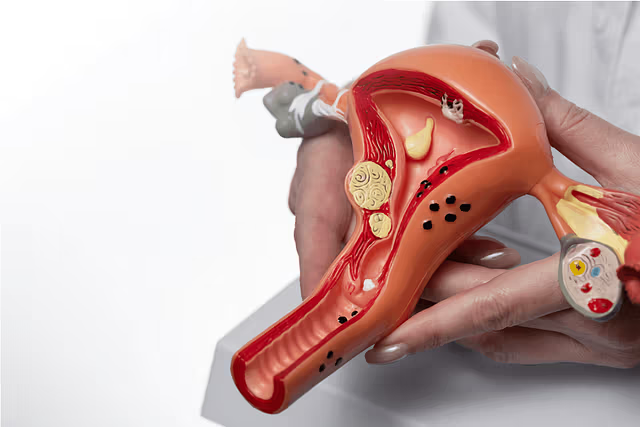What Is Vaginitis?
Sometimes, you may notice discomfort or unusual symptoms “down there.” One common cause is vaginitis, which means inflammation of the vagina (birth canal). It may cause swelling, itching, soreness, unusual discharge, or a strange odor. When the outside part of your genitals (the vulva, including the labia and clitoris) is also affected, it is called vulvovaginitis.
Vaginitis can have many causes. It might be an infection from bacteria, yeast, or viruses. Alternatively, irritation from chemicals in soaps, sprays, or tight clothing can affect the delicate skin of the vagina. Hormonal imbalances causing vaginal dryness can also lead to vaginitis.
What Causes Vaginitis?
Vaginitis can be caused by several factors, including:
- Infections: Bacteria (bacterial vaginosis), yeast (yeast infection), or parasites (trichomoniasis)
- Hormonal Changes: Decreased estrogen levels, especially after menopause, leading to vaginal dryness and irritation
- Irritants: Soaps, detergents, scented hygiene products, sprays, or tight clothing that irritate the delicate vaginal skin
- Sexual Activity: Certain infections can be sexually transmitted and cause vaginitis
- Other Medical Conditions: Diabetes or immune system disorders may increase the risk of infections
If you experience symptoms like itching, unusual discharge, or irritation, it’s important to consult a gynecologist for proper diagnosis and treatment.
Vaginitis Symptoms
- Itching or irritation in the vaginal area
- Unusual vaginal discharge (may be thick, watery, white, yellow, or gray)
- Foul or unusual odor
- Burning sensation, especially during urination
- Redness or swelling of the vulva
- Pain or discomfort during intercourse
- Vaginal soreness or tenderness
If you notice any of these symptoms, it’s important to see a gynecologist for evaluation and treatment.
Vaginitis Diagnosis
If you notice changes in your vaginal discharge or other symptoms, your doctor can evaluate you to determine the best treatment. They will ask about your medical history, including your sexual history, and inquire if you have recently used any products like new detergents, spermicides, or hygiene items that could cause irritation.
Your doctor may take a sample of your vaginal discharge and send it to a lab for microscopic examination to identify the specific type of vaginitis.
If you have experienced vaginitis before and recognize your symptoms, such as a yeast infection, you might be able to manage it yourself. However, it is always best to consult Dr Sadhana Gosain – Gynecologist in Delhi if you are unsure or if symptoms worsen.
Vaginitis Treatment
Treatment for vaginitis depends on its cause:
- Bacterial Vaginosis: Usually treated with prescribed antibiotics.
- Yeast Infection: Treated with antifungal creams, suppositories, or oral medications.
- Trichomoniasis: Requires antibiotic treatment, often with metronidazole.
- Atrophic Vaginitis: Managed with vaginal estrogen creams or hormone therapy.
- Irritant or Allergic Vaginitis: Avoiding the irritant and using soothing creams or medications to reduce inflammation.
Maintaining good hygiene, avoiding scented products, and wearing breathable cotton underwear can help prevent vaginitis. Always consult your gynecologist for an accurate diagnosis and the right treatment plan.




